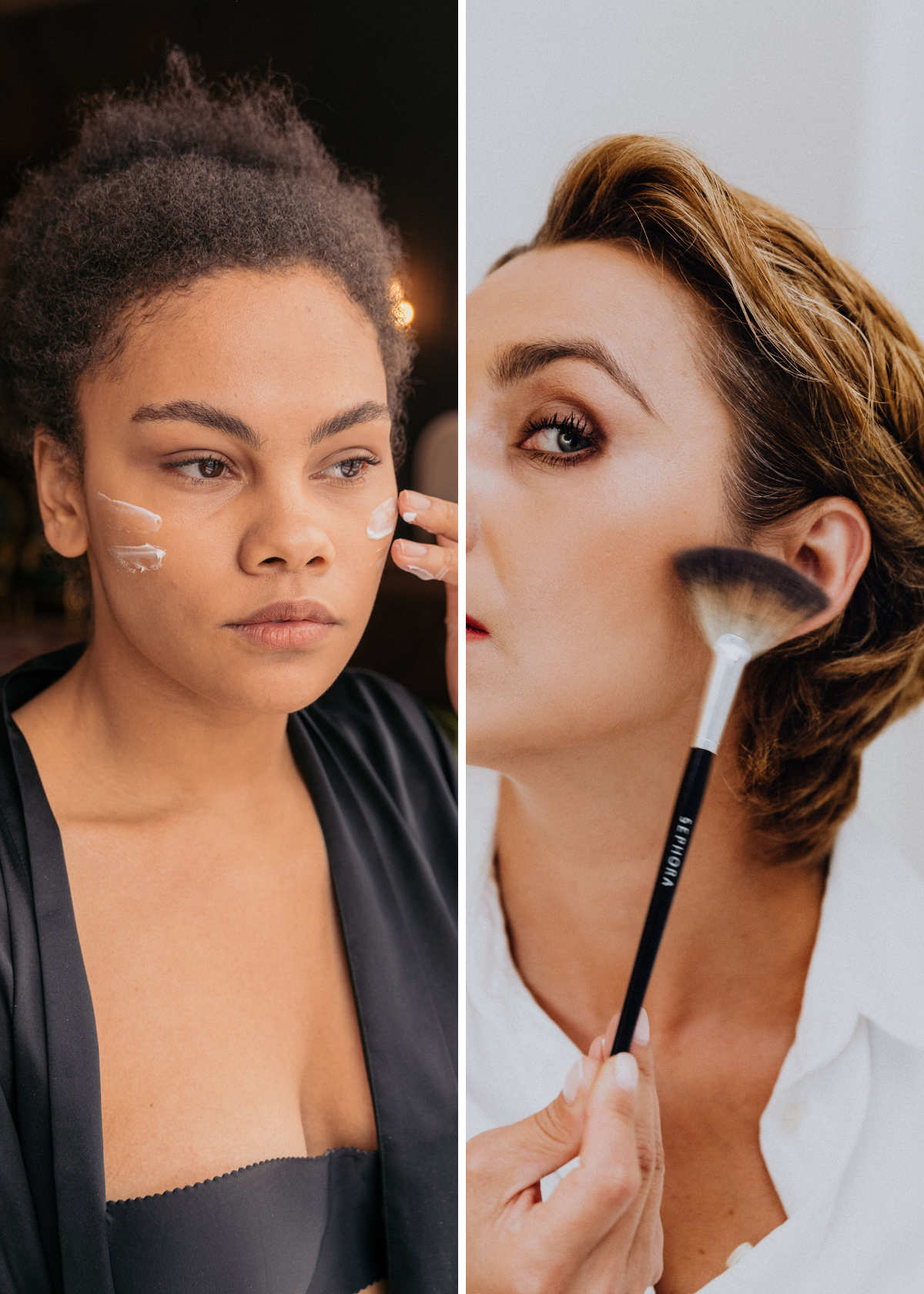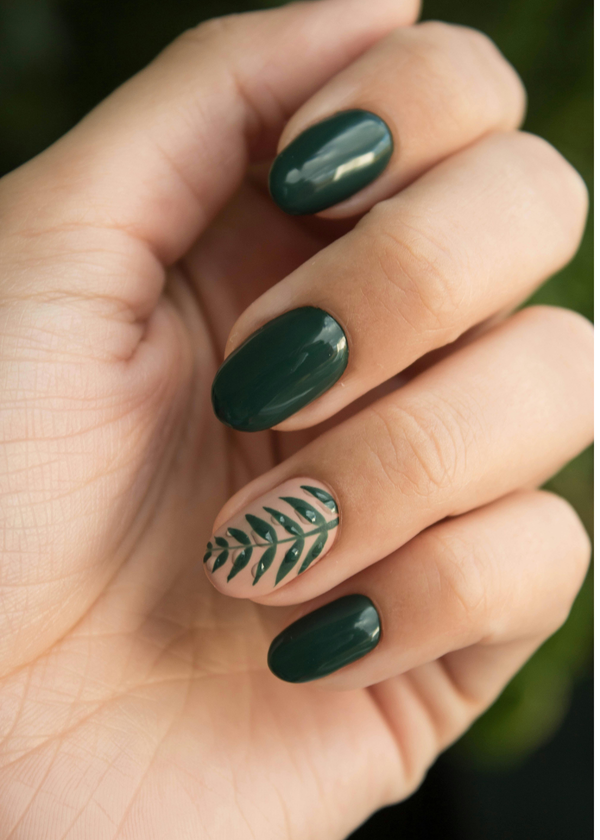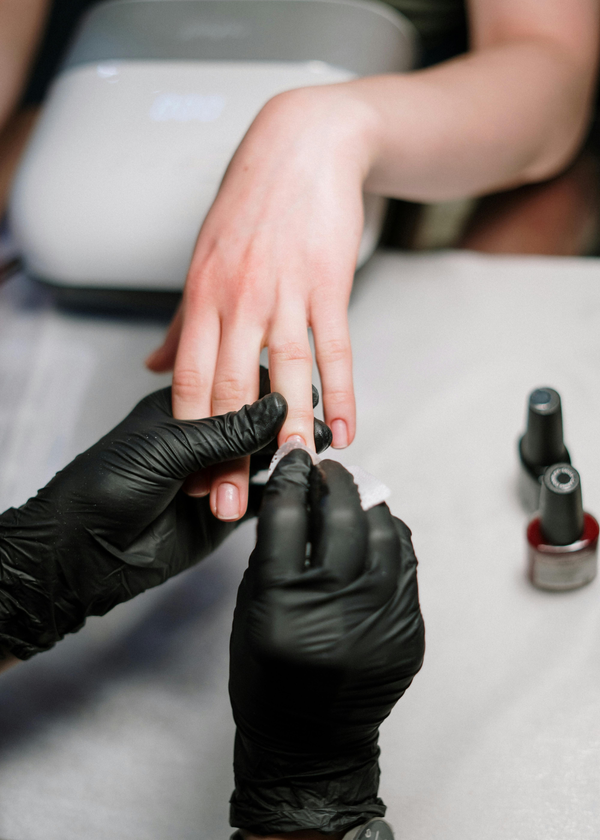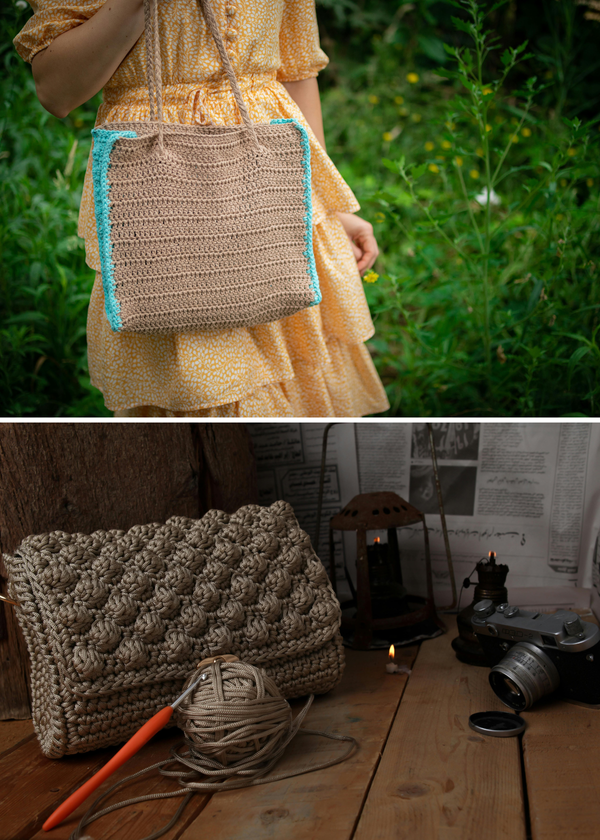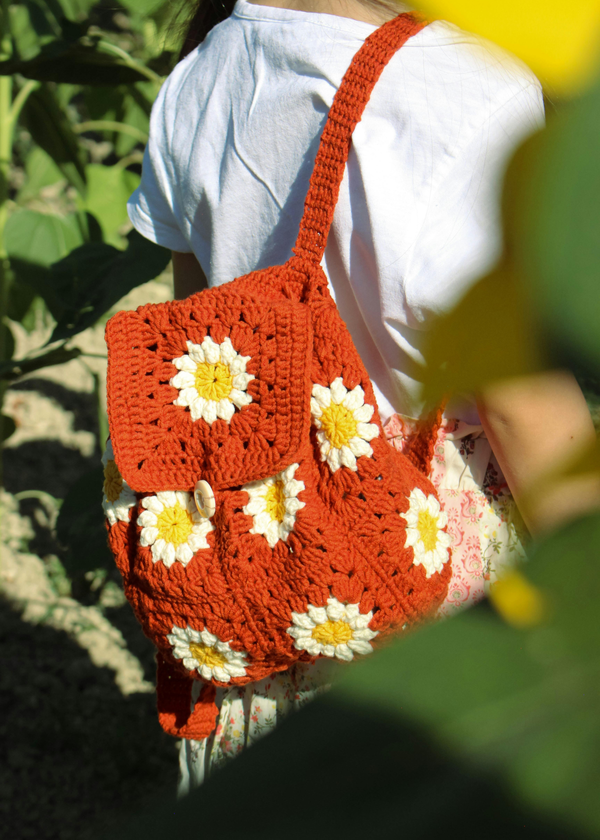In the intricate world of makeup application, timing is everything. One burning question that often perplexes makeup enthusiasts is the order of applying liquid blush and concealer.
Does one precede the other, or is there a method to this makeup madness? In this comprehensive guide, we will unravel the mystery and explore the pros and cons of putting liquid blush on before or after concealer, providing you with the insights you need for a flawless finish.
Understanding the Purpose of Liquid Blush and Concealer
Before delving into the application sequence, it's essential to comprehend the distinct purposes of liquid blush and concealer in your makeup routine.
Liquid Blush:
- Adds a natural flush to the cheeks.
- Enhances the overall radiance and youthful glow of the complexion.
Concealer:
- Covers blemishes, dark circles, and imperfections.
- Creates a smooth and even base for the rest of your makeup.
Now, let's explore the two schools of thought regarding the placement of liquid blush in relation to concealer.
Scenario 1: Liquid Blush Before Concealer
Pros:
- Blending Ease:
- Applying liquid blush before concealer allows for seamless blending without disturbing the concealer.
- Blush blends effortlessly into the foundation, creating a harmonious look.
- Natural Finish:
- Achieves a more natural and integrated appearance, as the blush becomes part of the overall complexion.
- The flushed look appears to emanate from within, contributing to a radiant finish.
- Layering Options:
- Provides the flexibility to layer concealer over the blush if necessary.
- Allows for adjustments in concealer application based on the intensity of the blush.
Cons:
- Concealer Disturbance:
- There's a risk of disturbing the placement and blending of concealer when applying blush first.
- Requires precision to avoid compromising the coverage provided by the concealer.
- Product Buildup:
- Layering concealer over blush may result in product buildup, potentially affecting the longevity of your makeup.
- Requires careful application to prevent a heavy or cakey finish.
Scenario 2: Liquid Blush After Concealer
Pros:
- Targeted Application:
- Allows for precise application of concealer, addressing specific areas of concern before introducing blush.
- Ideal for those who prefer a more controlled and strategic makeup application process.
- Buildable Coverage:
- Enables the gradual buildup of blush on a well-prepped and concealed canvas.
- The layering process ensures you have better control over the intensity of the blush.
- Extended Wear:
- Applying blush after concealer may contribute to a longer-lasting makeup look.
- The concealer acts as a base, creating a smooth surface for the blush to adhere to.
Cons:
- Blending Challenges:
- Blending blush over concealer can be trickier, especially if the concealer has set.
- Requires a light touch and quick blending to achieve a seamless transition between products.
- Potential Distortion:
- The act of blending blush might distort the coverage provided by the concealer.
- Requires careful handling to avoid compromising the effectiveness of the concealer.
Conclusion:
The debate over whether to put liquid blush on before or after concealer ultimately boils down to personal preference and the desired makeup outcome.
Both methods have their advantages and challenges, and choosing the right sequence depends on your skill level, the products you use, and the specific look you aim to achieve.
For beginners, it might be beneficial to experiment with both approaches, paying close attention to how each method impacts the overall finish.
Remember to consider factors such as blending ease, product buildup, and the desired level of coverage.
Whether you opt for the natural integration of blush before concealer or the strategic layering of blush after concealer, the key lies in practice, patience, and finding the approach that aligns with your makeup style. Happy blending!


